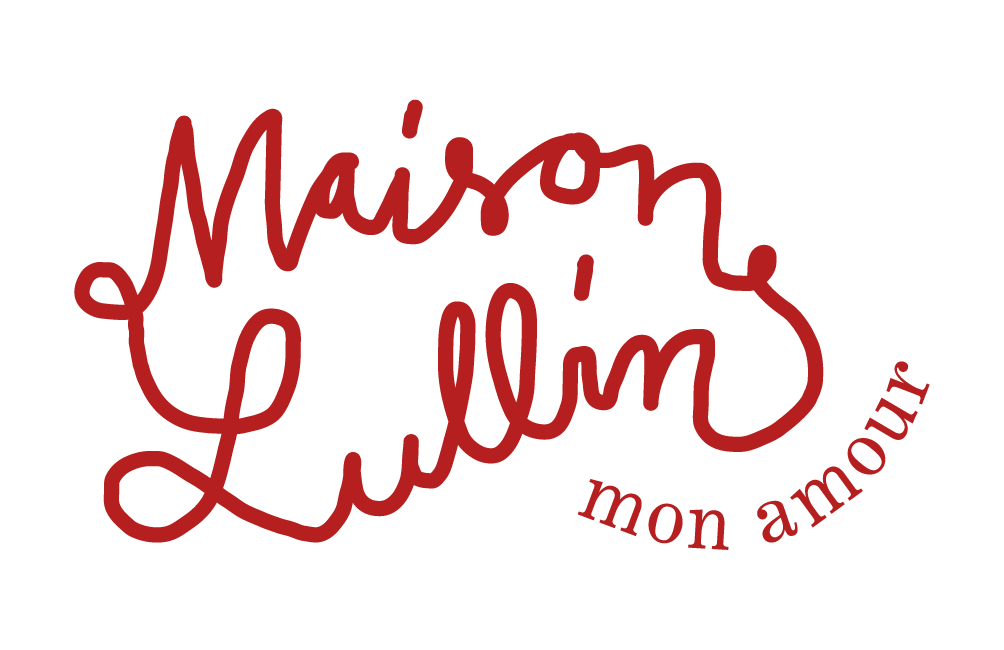Maison Lullin founded by Sina Buxtorf
Colours, fabrics, ornaments and craftsmanship have always been my great passion.
While studying architecture at ETH Zurich, my love and attention were devoted to interiors. Working in Mexico, Spain and Switzerland as an architect, always involved in interdisciplinary projects with important connection to the art world, curating several expositions in different museums and teaching at the HSLU Lucerne at the school for architecture, my dedication for art and craftsmanship lead me to found my own textile brand, focusing on producing sustainable and unique products: Maison Lullin.
Quilting is the fascinating, traditional craft involving the use and precise piecing together of existing leftover fabrics, be it clothes, bed linen, curtains, etc.
The result is a handcrafted, reusable, unique piece that will accompany you everywhere for the rest of your life, creating identity in your home and giving you pleasure every day.
Sina Buxtorf makes the Maison Lullin quilts by hand in Zurich:
Each quilt is unique, partly made from recycled, reused fabrics, plus new textiles, all of which come from environmentally friendly and sustainable processing. The handmade quality and, consequently, the irregularity and imperfection give the pieces their own depth and feel. The color palette is defined by the availability of leftover materials. Sina Buxtorf draws on various sources when composing and designing the geometric ornaments.
The first series is based on a color palette compiled by Rudolf Olgiati's Bündner Leinenweberei. The formal vocabulary of the series is inspired by ornaments from Swiss folk crafts, such as the sgraffito of Engadine houses or the design of Glarus textiles.
It was followed by various collections in which Sina Buxtorf drew on the motifs, colors and shapes of artists: Gio Ponti or Lina Bo Bardi. Traditional patterns and color combinations from Mexico also inspired her designs.
Two working processes can be seen in Maison Lullin's quilts:
Laid out in triangles, squares, or rectangles, one side of the quilt is constructed according to a geometric order; traditional patterns are interpreted in an up-to-date and contemporary way:
The other, free (back) side is composed from the leftover fabrics from the composition of the front side. This means that all the fabrics offcuts are reused on the reverse side; there is no residual waste.
Have a look at my press reviews.
Foto: Anne Morgenstern

